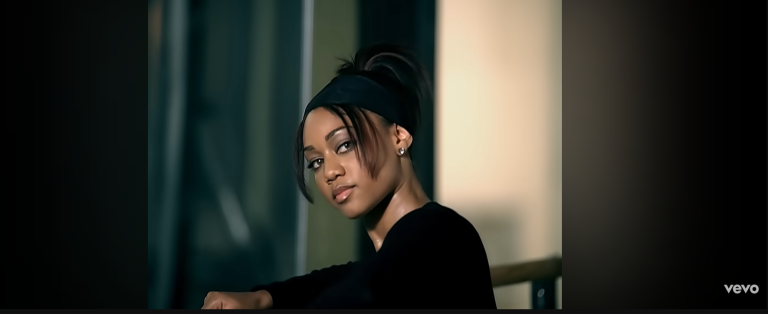Introduction
Clive Barker is a name synonymous with the horror and fantasy genres. Rising to fame in the 1980s, Barker’s work transcends traditional storytelling, captivating audiences with his unique blend of horror, dark fantasy, and intricate visual art. His significance in contemporary literature and film is profound, as he has shaped the genre in ways that continue to resonate with fans globally. This article explores Barker’s life, major works, and ongoing influence in the realms of horror and art.
Early Life and Career
Born on October 5, 1952, in Liverpool, England, Clive Barker exhibited artistic talent from a young age. He studied at the Wimbledon School of Art and initially pursued work in theatre, which laid the groundwork for his storytelling abilities. His first major breakthrough came with the collection of short stories, ‘Books of Blood,’ published between 1984 and 1985, which established him as a force in the horror literature scene.
Major Works and Achievements
Barker’s innovative approach is highlighted in notable works such as ‘Hellbound Heart,’ which later inspired the iconic ‘Hellraiser’ film series. His narrative style, rich with mythology and philosophical undertones, challenges the boundaries of horror. He is also known for ‘Cabal,’ which introduced the character of Pinhead, a figure who has become a central presence in horror culture.
Beyond writing, Barker is a talented visual artist, often melding his literary and visual narratives. His artwork has been exhibited internationally, showcasing his imaginative worlds and creatures. Barker has also directed films, such as ‘Nightbreed’ and ‘Lord of Illusions,’ adding another layer to his multifaceted career.
Recent Developments and Influence
In recent years, Barker’s influence remains strong, with a resurgence of interest in his works through adaptations and new editions. The ‘Hellraiser’ series was rebooted, introducing his creations to a new generation of fans. Additionally, Barker is actively involved in the horror community, often engaging with fans through social media and appearances at conventions.
Conclusion
Clive Barker’s contributions to literature, film, and art highlight his profound impact on the horror genre and beyond. As he continues to inspire and challenge audiences, his works remind us of the power of storytelling in exploring the darker facets of human experience. With ongoing adaptations and a loyal fan base, Barker’s legacy is sure to endure, making him a pivotal figure in contemporary horror culture.


